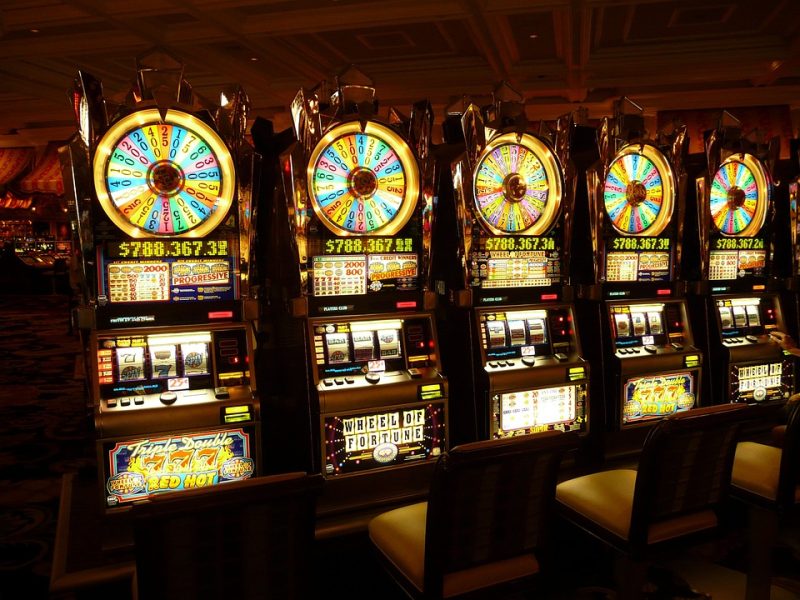Slot machines are known to be popular in the gambling industry, and the mesmerizing spinning reels have attracted millions of players worldwide. But have you ever wondered how these machines work behind the scenes? Slot machines have evolved from the traditional mechanical format to digital models, but the core mechanics remain the same. In this article, we will dive into the complex working of slot machines and understand the mechanics behind the reels.

The Basics of Slot Machines
Before we delve into the complicated technicalities, let us start with the elementary concepts of slot machines. A typical slot machine has reels positioned vertically, which spins when the player pushes a button or pulls the lever. The reels have various symbols or images printed on them, such as fruits, numbers, or any thematical designs based on the game. The objective of the game is to match similar symbols across one or multiple paylines, which vary according to the game. If the player wins, a payout is triggered based on the combinations and the wagered amount.
The Mechanics of Slot Machines
The machine’s internal mechanism is the driving force behind the spinning reels, random symbol combinations, and payouts. The first slot machines were simple mechanical devices powered by springs and gears. The player initiated the spin by pulling a lever, which triggered a system of levers and gears to spin the reels. The symbols on the reels were physically attached to the mechanism, and the resulting combination of symbols determined the payout.
However, the advancement in technology led to the introduction of electronic slot machines in the 1960s. The machines used microprocessors to control the number of symbols on the reels, the randomization of symbols, and the payout percentage. Modern-day slot machines mostly use a computer program known as the Random Number Generator (RNG) to generate outcomes. The RNG is a complex algorithm that continuously generates random numbers even when the machine is idle. When a spin is initiated, the program uses a random number to display the symbols on the reels, which creates a fair and randomized outcome. The RNG ensures that the results are not predetermined and cannot be manipulated, providing a fair gambling experience.

The Pay Table
The pay table is a critical aspect of slot machines that determines the payouts based on the symbol combinations. The pay table is displayed on the machine’s screen and lists the symbol combinations, the number of pay lines, and the payouts for each combination. The pay table also displays the game’s RTP (Return to Player), which is the percentage of the player’s wagered amount that is returned to them over time. The RTP is an essential factor when selecting slot games, as it indicates the probability of winning and the expected return on investment.
Slot machines are sophisticated machines that rely on complex technology to provide an exciting and fair gambling experience. Understanding the mechanics behind slot machines will help players make informed decisions and enjoy the game to the fullest. From the spinning reels to the Random Number Generator, every component plays a crucial role in determining the outcome of a spin. So next time you hit the casino floor or play online, you can appreciate the intricate workings and enjoy the thrilling experience of slot machines.











